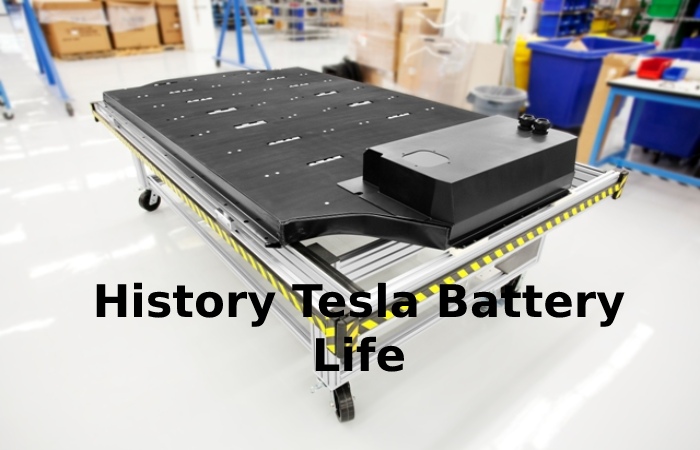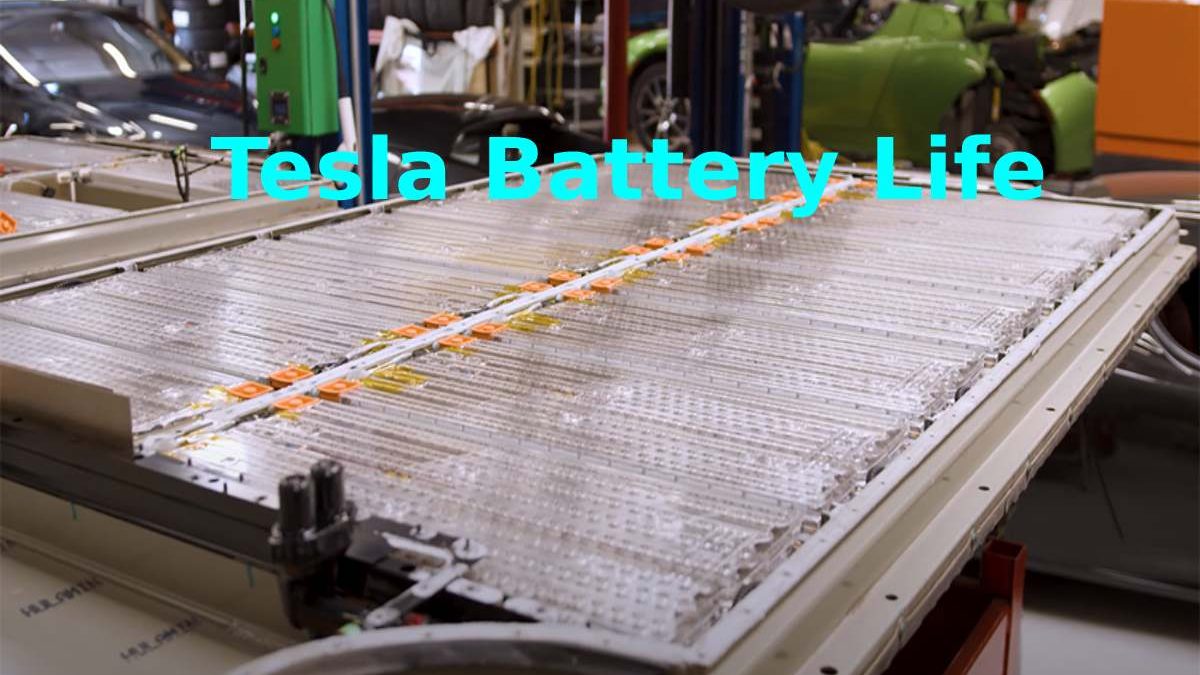Tesla battery Life usage statistics show their unusual survivability:
Tesla Battery Life – Battery degradation is one of the top concerns when buying an electric car like the Tesla Model S/X. From the experience of using smartphones and other gadgets, we know that lithium-ion batteries tend to degrade quickly after a certain number of charge-discharge cycles, even if you treat them very carefully: charge up to 80% capacity, as Elon Musk recommends, avoid intense discharge, etc. But it turns out that the
Batteries in Tesla cars are more durable than conventional batteries in smartphones. And the same batteries in electric vehicles from other manufacturers. A group of Tesla car owners at a Dutch-Belgian forum has collected extensive statistics on more than 350 Tesla vehicles from around the world. The collected data is entered into the public spreadsheet.
The more time data is collected, the more reliable the analysis results. So far, the complete statistics have been collected for the first 50,000 km of run. As you can see from the graph above, Tesla Model S / X batteries degrade especially intensively in this segment. Here they lose up to 5% of their capacity: this happens literally in the first months or years of car operation, depending on the intensity of use
More Information Tesla Battery Life
Of course, such data cannot but be alarming. If you extrapolate further a loss of 5% every 50,000 km, then after 250,000 km, only 77.4% of the original capacity will remain in Tesla batteries. And this is without attractive into account the fact that degradation can accelerate over time.
But for now, potential and current EV owners can breathe a sigh of relief. To lose another 5% of battery capacity, you have to wait much longer, if you wait at all. According to statistics, in most cases, after a run of 250,000 km, the battery capacity is still more than 90%. Judging by the trend line, a drop to 90% of the initial total will occur around 300,000 km.
True, there is not yet a very large sample of cars in this range. However, it can also remain assumed that the model biased. Firstly, only readers of the forum of motorists enter data about their cars. And these are, by default, more advanced motorists who know better in which modes it is better to operate the vehicle to save battery power. Secondly, the indicator of the protected battery capacity for a genuine geek can become something of a reason for pride. As a result, information in the table will remain entered mainly by those car owners who have achieved a higher indicator. So the statistics can hardly be called representative yet.
History Tesla Battery Life

By the way, for the Model 3, Tesla has established a guarantee that the battery capacity will not fall below 70%. Furthermore, the standard battery guaranteed for eight years or 160,000 km. For the Long Range Battery the same eight years or 192,000 km (whichever comes first).
In comparison, the Chevy Bolt EV guarantees a minimum of 60% capacity over 8 years or 160,000 km. While the Nissan Leaf guarantees 66% capacity over the same period and mileage. That is, Tesla’s warranty conditions are slightly better than those of competitors, although the guarantee for the minimum battery capacity appeared only in Model 3. Previous models did not have it.
Original 24kWh batteries degrade about 20% after five years of use, and the newer 30kWh battery degrades even faster. It seems that here the loss of 20% occurs on average faster than in three years.
Experts think that Tesla vehicles use a more advanced cell temperature management system than the Nissan Leaf.
And if you believe the words of Elon Musk, then Tesla batteries are even more reliable than can remain judged from the published graphs. He said that in laboratory tests of multiple charges, after simulating 800,000 km. The battery continued to operate at more than 80% of its original capacity. But, of course, it is more likely that the car’s chassis will fail than its battery with such mileage.

